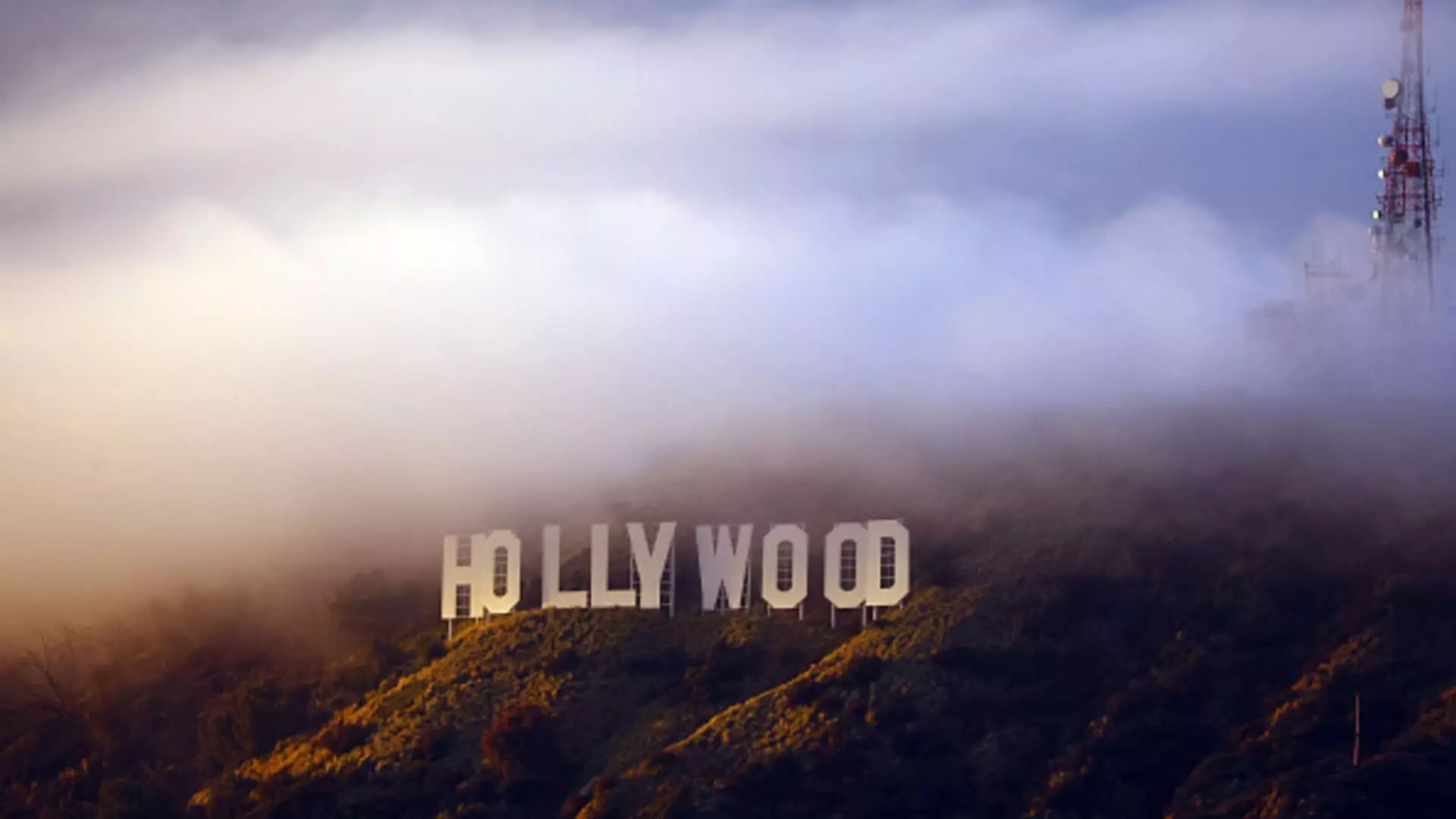The intricate relationship between Hollywood and Canada is under a spotlight that few anticipated. Known informally as “Hollywood North,” Canada has become a key player in the film and television sector, efficiently attracting American productions with its skilled workforce and enticing financial incentives. Recent actions from the Trump administration, notably the imposition of tariffs, have introduced significant tension into this well-established partnership. Understanding the implications of these tariffs unveils the complexities surrounding international trade and its potential repercussions on the entertainment industry.
President Trump’s decision to impose tariffs, including a 25% levy on goods imported from Canada and Mexico, has raised serious concerns among Hollywood insiders. The sudden increase in costs for many goods has sparked fears that Canada might retaliate, jeopardizing the very incentives that have made it an attractive location for U.S. productions. Producers, who have come to rely on Canadian tax credits and a supportive infrastructure, could find themselves navigating a landscape fraught with financial uncertainty. Canadian Prime Minister Justin Trudeau’s swift announcement of retaliatory measures underscores the tension and demonstrates that this is more than just a diplomatic spat; it holds serious implications for the production schedules and budgets of American films.
Production Budgets and Industry Response
Industry insiders are particularly worried about how these tariffs could influence production budgets. Although many studios source their materials locally, certain specialized goods, like textiles and construction materials, may still be affected. For example, a film seeking unique design elements could find those costs ballooning due to additional tariffs. If production expenses rise, producers might reconsider where to allocate budgets—potentially reducing the quality of costumes or set pieces to offset these increased costs.
However, there is a silver lining amid this uncertainty. Much of the equipment and supplies used in film production are rented or leased from local studios, insulating some aspects of production from these tariffs. This characteristic of Hollywood’s operational model may provide it with a buffer against immediate financial strain. Still, the long-term effects on production viability remain uncertain, and producers must remain vigilant in adapting to this shifting economic climate.
Affecting Consumer Choices
As tariffs potentially raise the prices of everyday items, their effect might trickle down to the box office. If costs rise for consumers—whether through imported goods or higher ticket prices due to inflation—entertainment may find itself at the mercy of spending restraints. People may scale back on discretionary expenses, and trips to the cinema could be among the first on the chopping block. In a post-pandemic world, where Hollywood is still recovering from previous disruptions, this could pose an existential challenge for studios hoping to ensure steady ticket sales.
The concern is not unfounded. Economic uncertainties often lead to recalibrated consumer behaviors. Individuals facing higher costs may prioritize essentials over entertainment, thereby threatening the profitability of films and the entire industry. The industry’s dependence on a fluid consumer market becomes ever more apparent as external pressures like trade tariffs loom.
Despite these burgeoning challenges, experts in the industry remain optimistic that Hollywood will persevere. Historically, the film industry has shown remarkable resilience, a trait that will likely be tested again as it grapples with these new tariffs and their broader economic context. Navigating this landscape may require innovative approaches to production and marketing strategies, but many believe that the unique allure of blockbuster films can draw audiences back.
As anticipation builds for high-profile releases slated for future years, filmmakers may find an opportunity to reinvigorate their audiences. The essence of cinematic experiences—the spectacle, storytelling, and shared moments—holds a compelling allure that could motivate consumers to prioritize their entertainment options despite rising costs.
The imposition of tariffs by the Trump administration marks a pivotal moment in the longstanding alliance between Hollywood and Canada. While immediate impacts on production budgets have given rise to concern, the broader implications on consumer behavior could pose a more significant threat to the industry in the coming years. As Hollywood navigates these turbulent waters, its ability to adapt to changing economic landscapes will determine its resilience. Only time will tell if the magic of the cinematic experience can withstand the financial pressures stemming from policy decisions far removed from the beckoning lights of Tinseltown.


Leave a Reply